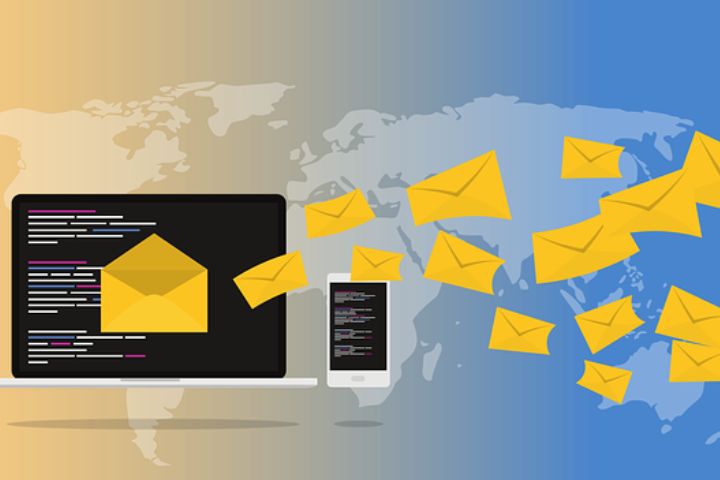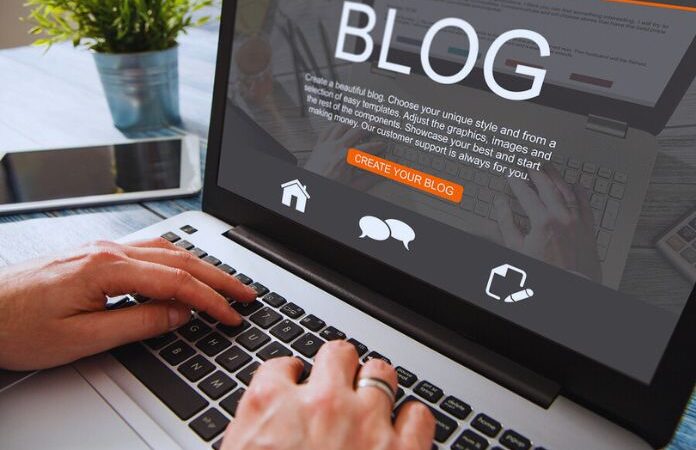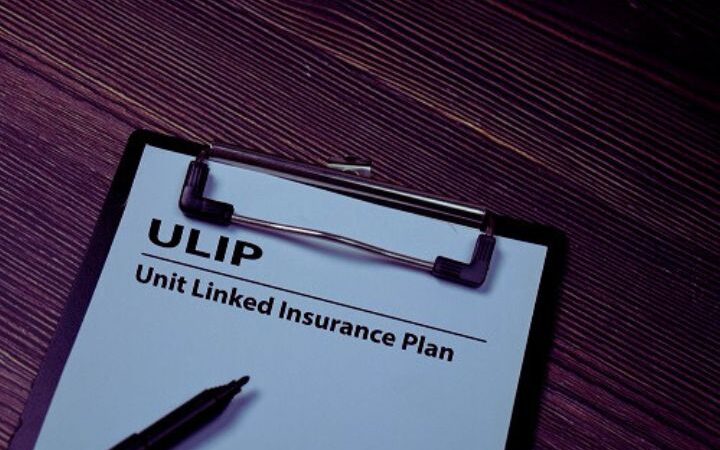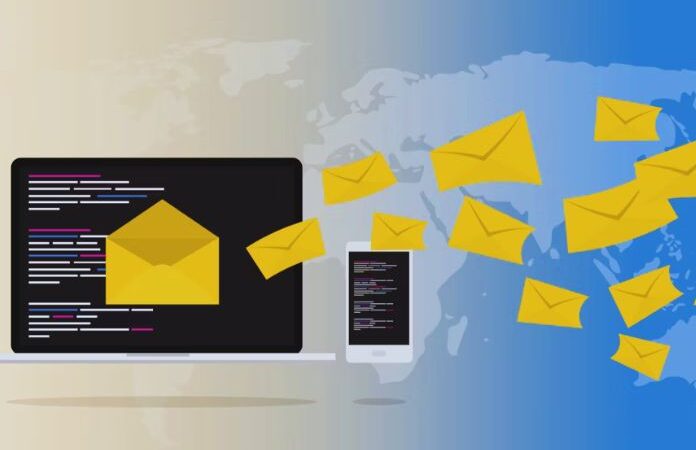Techniques To Improve The Opening Rate Of Your Email Campaigns

Email Campaigns : Along with deliverability rate and responsiveness rate, the open rate is one of the key performance indicators used in email marketing. It is calculated as a percentage by comparing the number of emails opened to the number of emails delivered.
Improving the open rate is an important issue to improve the performance of your email marketing. How can this be achieved? By working on the sender’s name, the subject of the email, the text of the preheader. It is these three elements that appear in the inbox of your recipients and that encourage them or not to click to open your emailings.
In this article, we offer 13 techniques to develop the interest of your recipients and encourage them to open your emails. We will also talk about the timing of sending and deliverability, which also play a role in the opening rate.
Table of Contents
Optimize The Subject Of Your Email Campaigns
The first thing you think about when you want to improve your open rate is the subject of the email. There is no doubt that this is a key element. This is the first thing your recipients read when they receive an email campaigns from you. The way you design the subjects of your emails has a very strong impact on the open rate. How to create email subjects that encourage clicking? We offer 5 simple techniques to set up, but effective.
Customize the object by embedding a name
MailChimp analyzed more than 40 million emails and compared their performance to the open rate. The famous emailing software has published the 20 objects with the best open rate and the 20 objects with the worst open rate. There is something striking about these two lists: the most successful objects all include a name – that of the company, or/or that of the recipient.
MailChimp states in another report that the most successful objects are those that include the recipient’s first and last name. Although this may seem slightly contradictory to the results of the study mentioned above. In fact, what matters above all is to personalize the object, for example by integrating the name / surname of the recipient, the name of the company or a geographical location related to the recipient. It’s up to you to test and identify the most effective personalization elements.
According to an Adestra report, email subjects that contain custom fields have a 22.2% higher chance of being opened than others.
Limit the number of words
The most effective objects are those that use few words. Probably partly because short objects are read more than long objects. They capture the attention of recipients more easily. According to a study by Retention Science, it is the objects that make between 6 words and 10 words that perform the most.
Again, we really recommend that you do tests to find the optimal length of your objects.
Use emotion in your objects
Several studies have shown that emails that involve emotion perform better than those based on rational elements or thoughts. There is a very interesting tool that allows you to calculate the emotional value of your objects. Unfortunately, it is only available in English (as often with this type of tools), but nothing prevents you from translating your objects to discover their emotional score. This tool is free and is accessible at this address.
Here are some examples of objects playing on the emotional rope:
- Pierre, you’ll love it!
- We’re really sorry…
- Julia, it’s now or never!
- We missed you.
Create mystery to spark interest
A successful object gives enough information to arouse understanding and interest from your recipients, but without saying too much to encourage them to open your email and create curiosity.
Your subject should give an idea of the content of the email while establishing a halo of mystery. It must not reveal everything. The subject is not a summary of the content of the email, but an invitation to find out.
For this, the object can for example be formulated in the form of a question (“How to succeed in your move?”) or highlight the value of the email (“Exceptional Offer for Your Registration”). Your recipients must want to open the email to learn more.
Some examples of objects that create mystery and interest:
- You’ll never guess what happened
- Take a look, Yassine
- Here’s what it looks like
- Why we did this
- A tool to simplify your life
Test the effectiveness of your items before sending your Email campaigns
There are several tools that allow you to test the subjects of your emails. These include: Touchstone, SubjectLine.com or Subject Line Checker. These tools are based on very powerful algorithms and allow you to perfect your objects quite quickly. Again, these are tools in English. To use them, you must translate your object into the language of Shakespeare.
We also advise you to do A/B Tests. This will allow you to know, for the same campaign, which of the two or three items offered produces the best open rate. Most emailing software makes it easy to perform tests of this kind.
If you have a large mailing list and want to do A/B tests, we advise you to:
- Select only part of your list (10% of contacts for example).
- Divide it in two.
- Send object A in the first half, and object B in the second half.
- Identify with your software the object that works the most.
- Use the “winner” item to broadcast the campaign to 90% of the remaining contact
Optimize The Preheader’s Text
Most email clients display a preview of the email content in the inbox. This text plays a much less important role than the object or even the sender name, but it is nevertheless important to optimize it to improve the open rate. Here are two tips for preview text.
Structure your email with preview text in mind
The first few characters of your email appear in the “preview” section on most email clients. You need to control what appears in this section. We’ve all received email campaigns with text like “Isn’t this message displayed correctly?” in the preheader. Obviously, this is not ideal.
The ideal is to create a link between the subject of the email and the preview, to establish a logical continuity in order to arouse more interest on the side of your recipients.
Don’t rely too much on the preheader’s text
Some email clients do not display preview text. In your way of conceiving this text and its relationship to the object, you must take this fact into account. Making sure that the preview text is connected to the object is a very good thing, but the object must be understandable in itself and retain a certain autonomy. Otherwise, recipients who don’t see your text preheader won’t understand the meaning of your email.
Use a first name/last name in the sender name
Rather than the name of your company alone. This makes your emails warmer and more user-friendly. A recipient will always prefer to open a person’s email more than a company’s email. This best practice allows you to humanize your marketing emails.
As in the example below, it may sometimes be relevant to also include the name of the company, to facilitate the understanding of the recipients. Especially when they don’t know the person used in the sender name.
Use an identifiable email address
Who sent the email? To answer this question, recipients look at the sender’s name, but also the email address used. Even if your email is warm and personalized, using an impersonal email address can have a negative impact and discourage your recipients from reading the content of your email.
According to a study, 43% of recipients report email as spam based on the address “from”. Use an email address with a recognizable name, to humanize your emailing.
Target the right day to increase the visibility of your email campaigns
What is the best day to send a marketing email? This question is difficult to answer, for at least two reasons:
- The studies are contradictory. There is no consensus on this point.
- Above all, it depends on your audience.
There are, however, common-sense rules to be applied. It is likely that a majority of your contacts work from Monday to Friday. If you send your emails on Saturday, chances are your emails will be drowned out by the emails sent on Monday morning. On the other hand, if you know that your contacts read their emails on weekends, it may be interesting to send them on Saturday or Sunday, because these are days of low competition. Again, it depends on your audience.
Choose a schedule where people read and respond to email campaigns
If the choice of the day counts, the same goes for the choice of the time. Several studies have shown that emails sent in the evening tend to have a better open rate, while messages sent in the afternoon have a better click-through rate. When planning your shipments, you need to consider your goals. Do you want to maximize the open rate, even if it means having a lower click-through rate? Or the other way around?
This makes a lot of sense as long as it corresponds to the time when people have finished their lunch break and go back to work.
Avoid “spam-words” and “spam-phrases”
Your subject or preview text should not look like spam, to prevent your recipients from reporting your emails as spam to their email client. According to Convince & Convert, 69% of recipients who report an email as spam rely solely on the subject of the email. Not to mention that email clients are using increasingly elaborate spam filters that block emails that are scanned as spam. In the latter case, the email doesn’t even land in the inbox.
Stop using shared IP addresses for your shipments
Using shared IP addresses increases the risk that your emails will be considered spam. For the simple reason that this IP address is used by other users and its reputation depends on their actions. When a company using the shared IP address uses it to send non-targeted emails, it hurts your own deliverability.
Using a dedicated server to send your marketing emails reduces the risk of blocking your emails, allows you to build a good reputation as a sender and ultimately improve your opening rate. Today, most emailing software allows you to use a dedicated IP address (it costs more, but you won’t regret it!).
Also Read : Data Hijacking






